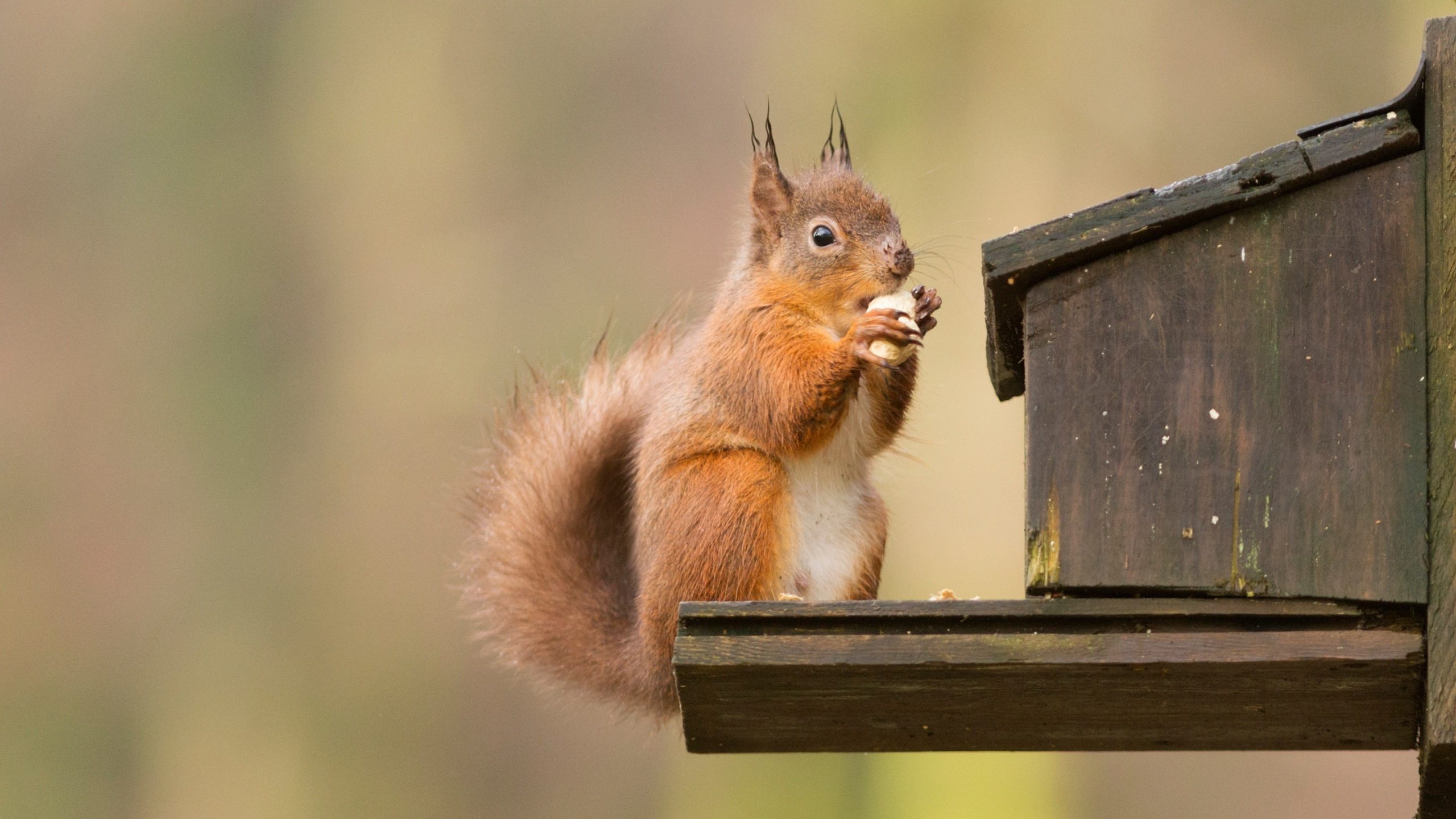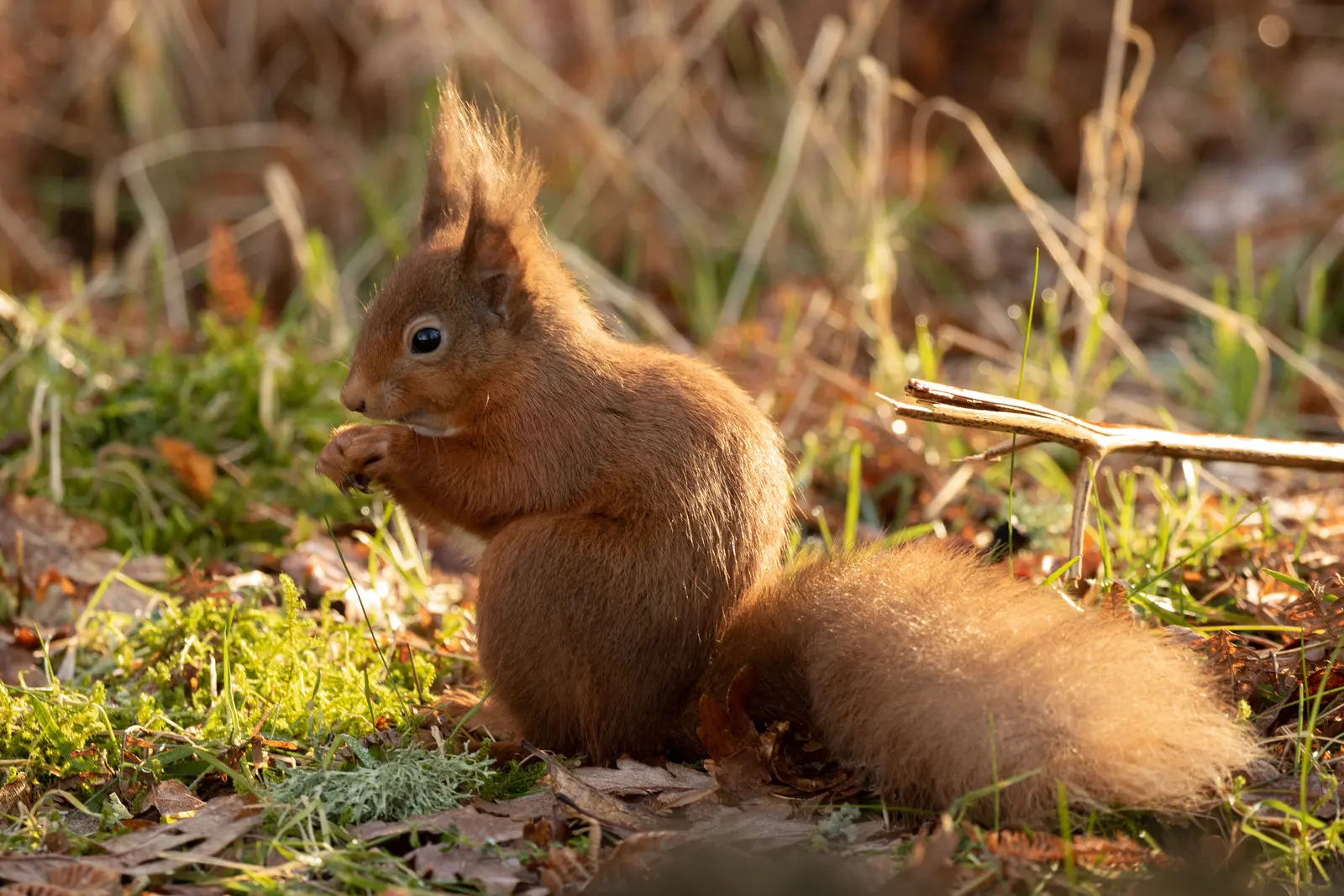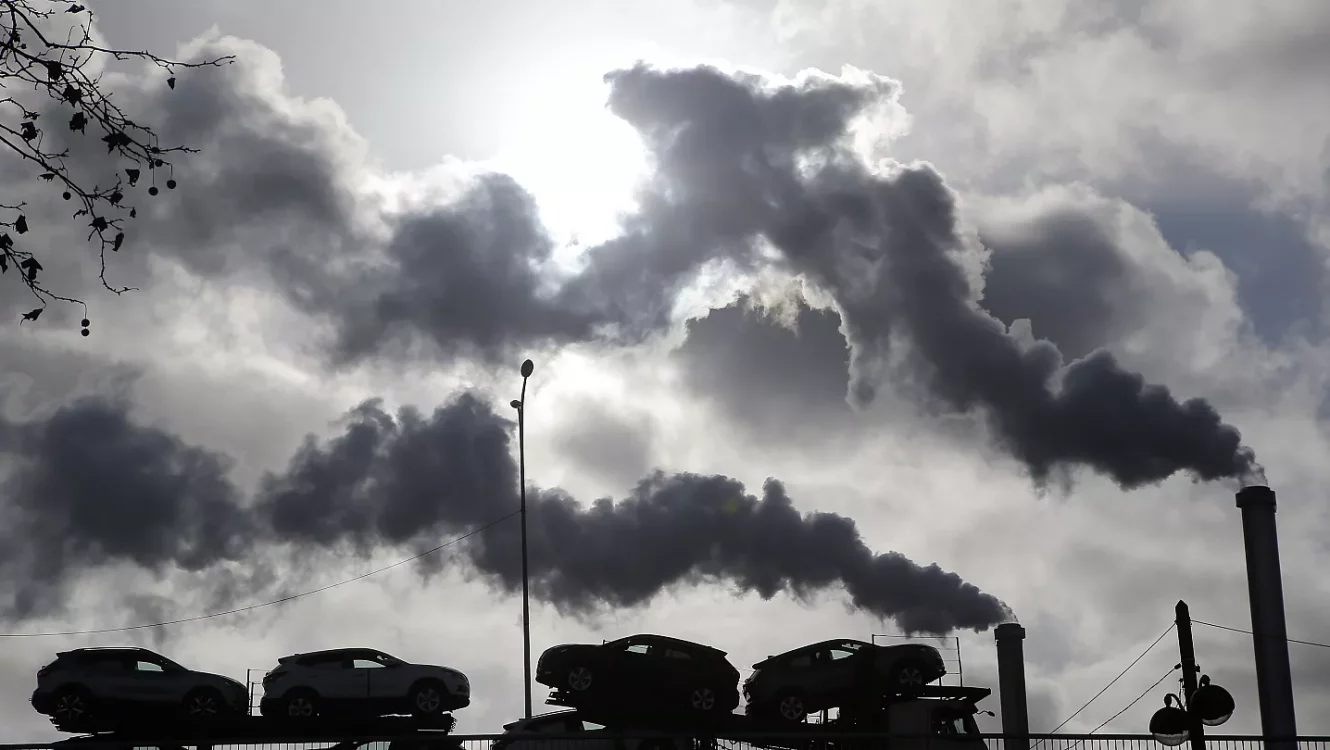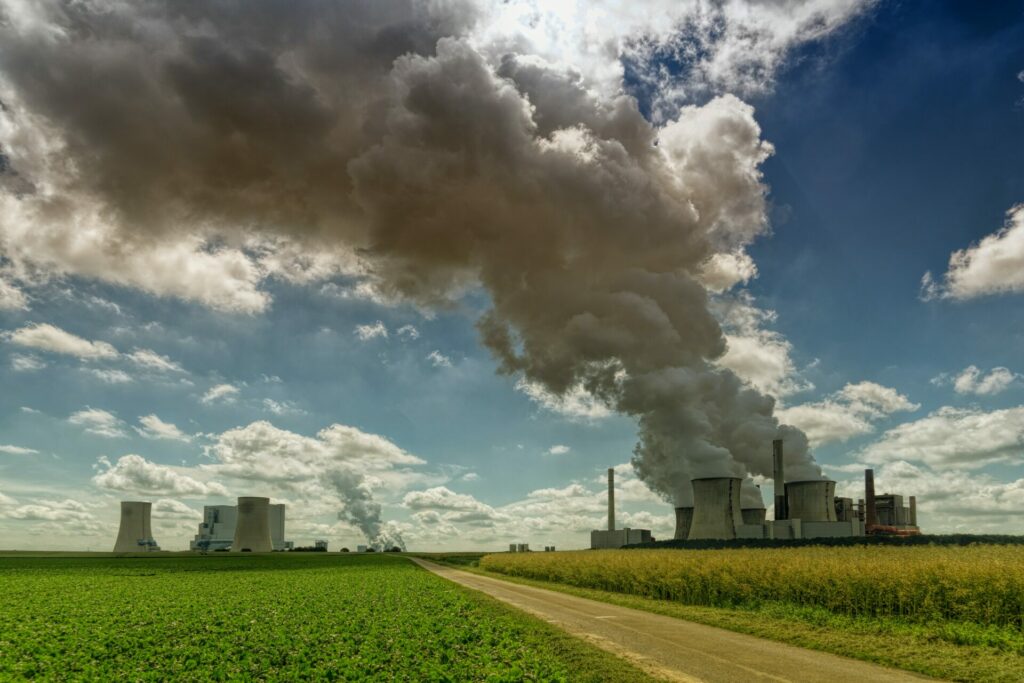Dust storms on the rise: Scientists predict tougher times for Europe
Dust storms are becoming increasingly common in the European region, confirming scientists’ alarming predictions of an increase in extreme weather events. Recent studies show a steady trend of increasing frequency and severity of these storms, raising serious concerns about the continent’s future climate. Scientists have expressed concern that more frequent and intense dust storms could have serious consequences for the region’s environment, health and economy, making predictions of tougher times for Europe increasingly likely.
Environmental alarm: scientists have discovered an increase in sandstorms in different parts of the globe
Sand and dust storms are becoming “increasingly common and severe” in parts of the globe, according to the United Nations. They especially affect the desert and steppe regions of our planet. In the American Great Plains, for example, the number of such storms has doubled over the past two decades. It is also worth noting that in just two months of 2022, ten sand storms were recorded in Iraq.
As the number of storms increases across the planet, scientists are racing to investigate and explain the trend. The main influencing factors are considered to be large-scale deforestation, overgrazing, soil erosion and climate change.
Professor David Thomas, from Oxford University’s Center for the Environment, notes that any human activity on the edges of deserts that reduces water bodies or removes natural vegetation increases the risk of dust storms. He cited examples of negative consequences such as the drying up of the Aral Sea and the draining of the Iraqi swamps as vivid illustrations of this.
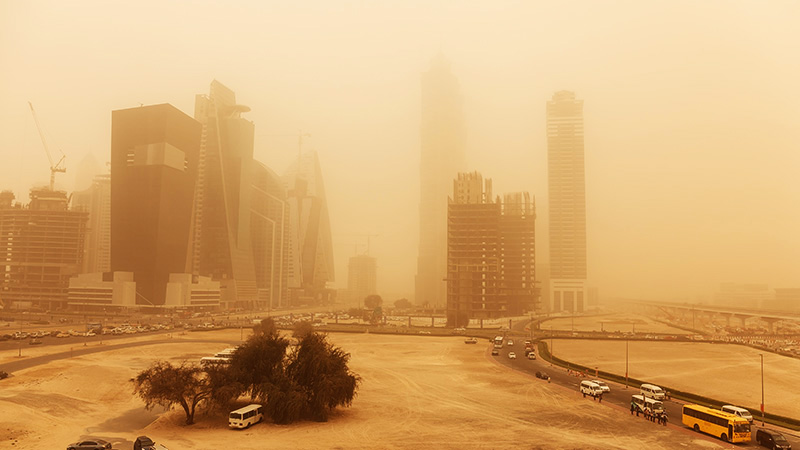
Many sandstorms in desert areas are of natural origin. One scientist notes that parts of the Sahara are a natural source of dust in the atmosphere that is not due to human activity. For example, dry lake beds left behind by past wet climates act as natural sources of dust around the world.
The United Nations recommends land restoration and effective soil and water management to increase soil fertility and vegetation cover, among other ways to combat natural disasters. Despite the surprise of this fact, China is a leader in this field, implementing the world’s largest tree planting project.
Since 1978, when the Great Green Wall project began, more than 66 billion trees have been planted, with plans to reach 100 billion by 2050. The project aims to protect northeastern China from dust storms emanating from the Gobi Desert, offering hope for a more sustainable future for the region.
Sandstorms and health: serious risks for people
Sandstorms can have serious impacts on human health due to various factors:
Respiratory system. Dust and sand thrown into the air during storms can enter the human respiratory tract. It can irritate the lining of the nose, throat and lungs, and may worsen existing breathing problems such as asthma or bronchitis.
Diseases of the respiratory system. Long-term exposure to dust and fine sand can lead to the development of various respiratory diseases, including pneumonia, bronchial infections and even pneumoconiosis (a disease caused by inhalation of mineral dusts).
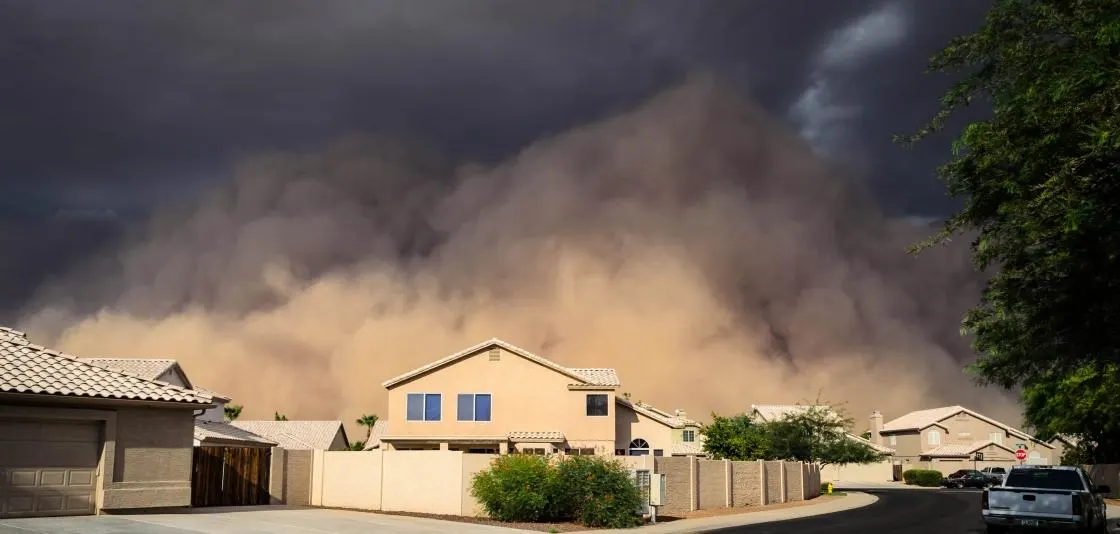
Eye diseases. Sand and dust in the air can cause irritation and inflammation of the eye mucosa, which can lead to conjunctivitis, allergic reactions and other eye diseases.
Skin health. Contact with sand and dust can also have a negative impact on the skin, causing dryness, irritation, allergic reactions and even sunburn due to the reduction of the protective layer of the atmosphere during storms.
Mental Health. Sandstorms can cause stress and anxiety in people due to the threat they pose to health and safety, especially if they occur too frequently or with high intensity.
In general, sandstorms pose a serious threat to human health, especially for those living in regions prone to such natural phenomena.




